 When you think of a thought leader as someone recognised as an authority on explicit topics, it is easy to comprehend why so many business people want to be one. Being positioned as the expert in your industry can have great values as well as responsibilities for your career and on your business’s bottom line.
When you think of a thought leader as someone recognised as an authority on explicit topics, it is easy to comprehend why so many business people want to be one. Being positioned as the expert in your industry can have great values as well as responsibilities for your career and on your business’s bottom line.
Can everyone be a thought leader?
Although most business leaders could become thought leaders, however in order to be a successful one some hard work is needed. For some the required characteristics may come naturally, and for some conscious practice is needed. Here are three characteristics a potential thought leader should have:
1. Be an expert
Being an expert in your industry or profession is an essential factor to being recognised as a thought leader. You must have great knowledge and understanding of your topics of expertise. Most business leaders will be able to answer this requirement.
2. Be open to sharing your expertise
In addition to having the knowledge and understanding, a thought leader must be prepared to share this expertise openly and have original ideas, distinct points of view and new insights.
3. Be willing to stand out
Thought leaders must also be open to being seen and heard publicly in the media, social media and at events. An approachable personality will definitely benefit you.
If you feel you have the qualities and experience needed to position yourself as a thought leader, then consider the following PR strategies to help you reach the recognition you deserve.
Become the expert the media wants to hear from
The media is always on the lookout for a great story supported by expert thoughts and intelligence. You may want to spend quality time with your communication and PR team and come up with a list of topics for which you should be positioned as an expert available for comments. They may point you to the right people / interactions.
Treat media interviews as a priority by making yourself available. Also, undertake media training so you can deliver powerful interviews that will make the journalist’s job easier and create the impression you need in order to receive future calls for commentary.
Your communication team should also use all opportunities to offer topical, objective, easy to understand and helpful articles with your byline. These articles can relate to an important issue in your industry, your unique journey as a company director, your thoughts as a leader, or helpful tips and advice related to your expertise.
Write a business blog
Business blogs are a great way to share your expert knowledge and position yourself as a thought leader in your field. The key is to pick a topic and stick to it. As with media opportunities, your PR team should help you write regular blog posts that will spark discussion and share your experiences, ideas and relevant information.
You can also be positioned as a guest blogger on other relevant websites to increase your exposure and build traffic to your own business blog.
Network on LinkedIn
LinkedIn is the professional social media platform that allows leading companies to connect with experts, clients and industry colleagues around the world. LinkedIn can also help you increase your visibility and position yourself.
One way of doing so is by ensuring that regular updates related to your field of expertise are made on your profile. You should also find groups in your industry and your clients’ industries, and join relevant and engaging discussions.
Engage on Twitter
Twitter can be a great avenue to demonstrate your expertise and gain a following of people interested in hearing what you have to say. To build your followers naturally, share links to helpful or insightful articles related to your expertise (this includes your own articles and blogs, but also those from other sources), cross-promote your LinkedIn discussions, follow people in your industry and target markets and interact with them.
Most importantly, before you start engaging on social media, consult your PR team to find out more about your organisation’s communication and/or social media guidelines.
Speak at events
Public speaking is an excellent way to position yourself as an authority on a particular topic or industry, while gaining endorsement from the event’s organisers.
Your presentation should be informative and interesting, and be adapted to suit your audience. For example, avoid using technical language when your audience has no knowledge of your topic. As for media training, if you’re not a confident public speaker, get some coaching beforehand to ensure you make the most of each opportunity.
The key to becoming a thought leader is to be open to positioning your expertise in the limelight in every possible way.
 telephones to denote “number”.
telephones to denote “number”.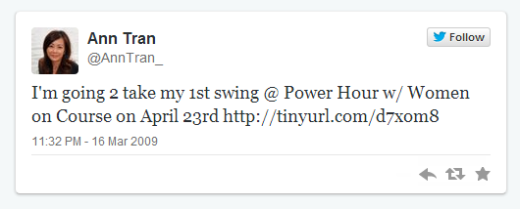




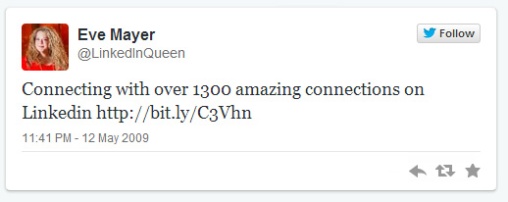
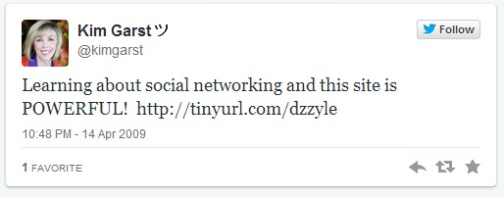


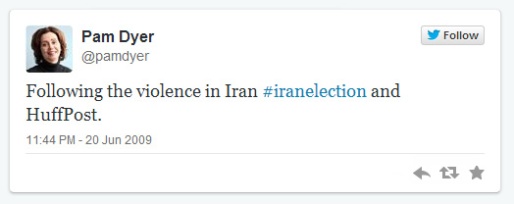






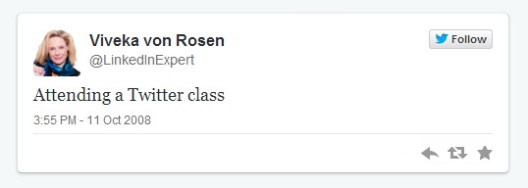
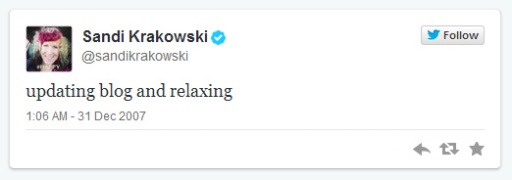


 Individual leaders also face a fabricated dichotomy to forge their identity as a rigorous, results-oriented tyrant or be a nurturing, naive softy who doesn’t meet targets. In some settings, an individual leader is perceived as powerful and effectual only if they are unemotional.
Individual leaders also face a fabricated dichotomy to forge their identity as a rigorous, results-oriented tyrant or be a nurturing, naive softy who doesn’t meet targets. In some settings, an individual leader is perceived as powerful and effectual only if they are unemotional.